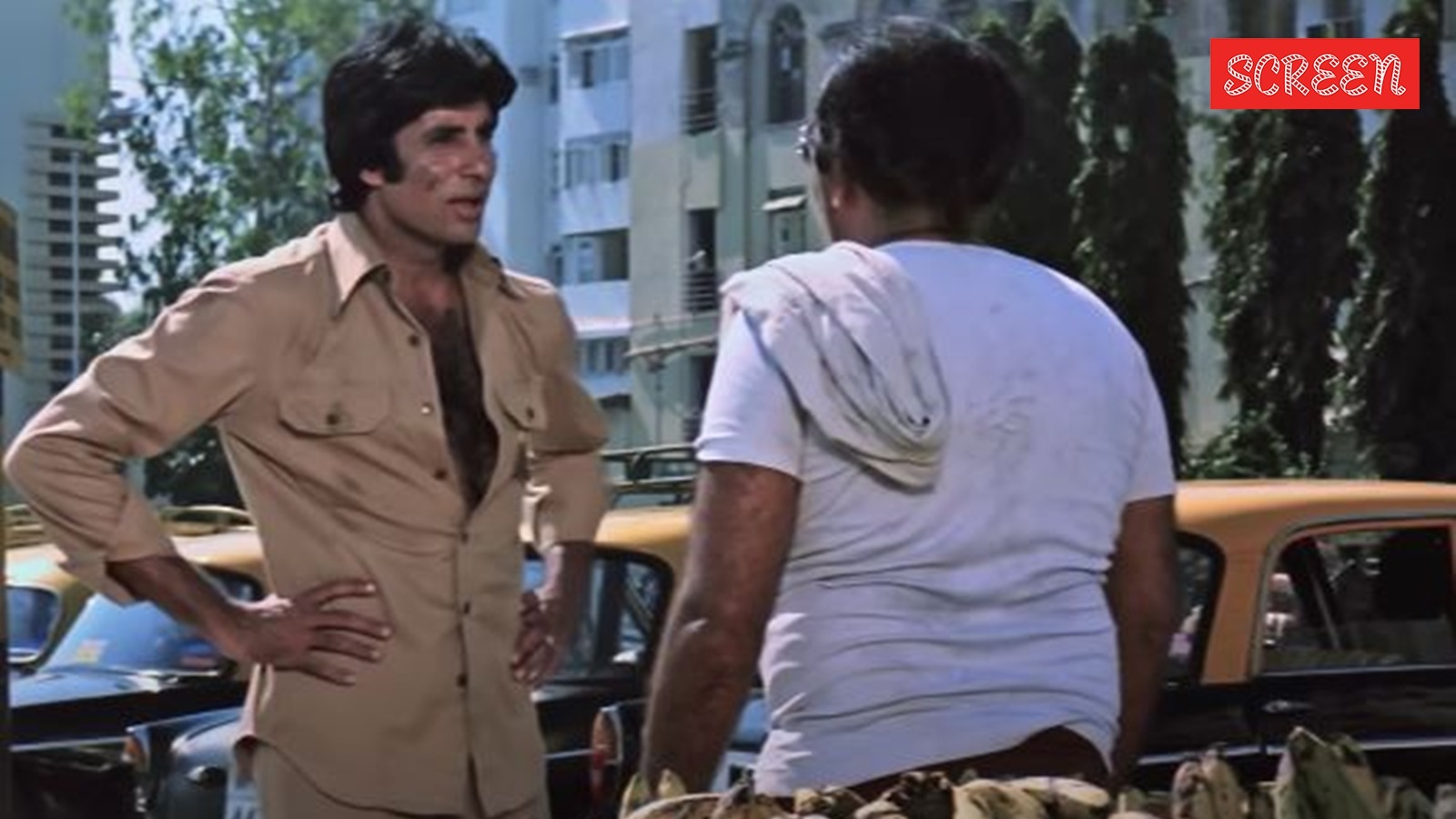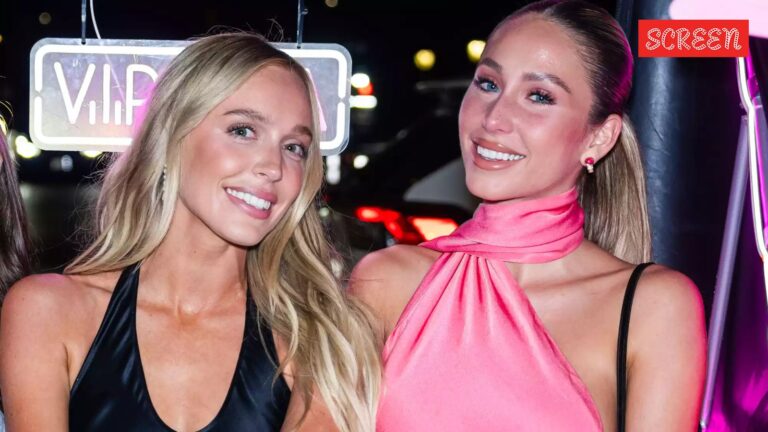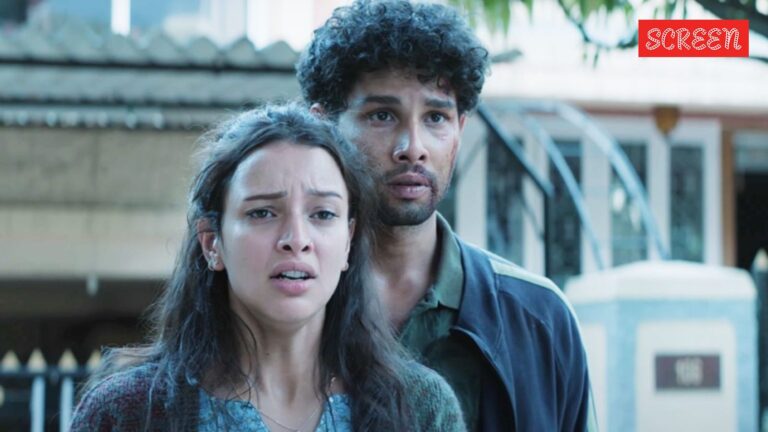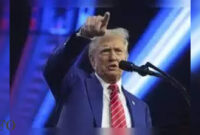Amitabh Bachchan-starrer Khud-Daar (1982) turns 43 today. The film, produced by Mehmood’s younger brother Anwar Ali, was among those to release after the actor’s life-threatening Coolie accident. In fact, the film released while Big B was still in the hospital. However, that was not the only challenge facing the social drama — it’s leading lady Parveen Babi also had to leave for the US for months to get therapy. Despite the challenges, the film emerges as a hit. Anwar Ali recalls how the first thing Bachchan asked him when he met him in the hospital was: ‘How is the film doing?’
With any major hit or flop, it always seems like yesterday. You’re either basking in the glory of achievement or reeling under debt because of the lack of glory in underachievement. So it isn’t very different when I reminisce about the making and birthing of Khud-Daar, a hit! As the film completes 43 years, it seems just like yesterday when I set off on my own to make it as a filmmaker independent of family affiliations or associations, the silver spoon having been in the mouth long enough.
What, according to you, were the film’s USPs?
An initial investment of Rs 2 was enough to trigger the joy of making something out of nothing. All I knew was I was going to produce a film. Did I have a story to tell? Well, at that stage, only my own. I had just bought a sea-facing apartment with all the money I had saved, and I was now left with two rupees in my pocket.
Did you have a financier?
Only a broker as desperate as me would be offering a meeting with a prospective financer as a result. My only story, my only strength, and probably my only bounty was that my best friend was my hero.
You mean Amitabh Bachchan?
Before I knew it, I was sitting across the table convincing the most dynamic businessman to diversify from his most conservative business. I had but one chance at this; it didn’t matter that Farouq Rattonsey was a diamond magnate. We became partners despite the Rattonsey family’s retaliation, and Yokohama Productions emerged. A lot of things happened just like that. I undertook to teach him the ropes of production with my extensive past experience and left him to handle the business side of things. Partners becoming friends strengthened the association further.
Amitabh Bachchan said an immediate yes to Khud-daar?
Of course he did! Having lived under the same roof with Amitabh and, more importantly, having shared the same interests and experiences through seeking work together, working together, and growing in our respective spaces together, there was unconditional love, trust, and respect we shared with one another, an understanding in a language that was unique to us, and a subsequent co-existence that was naturally in sync. So when I had to narrate the story of Khud-Daar to him to get an official yes, it took the genius, witty, vociferous Kader Khan to narrate over a fleeting visit, “It’s a story of three brothers, and the hero is such a Khud-Daar.” Amitabh nodded in agreement. That was it.
Story continues below this ad
Was it a big help to have a superstar hero on your side?
By now, many years into the industry, Amitabh had already established some precedents and traits, one of them being his focus on punctuality. Our 100-strong unit didn’t always manage to comply. One such morning, at a huge “basti” set we had constructed in Chandivali, for a 7 a.m. shift, we walked in half an hour late only to find Amitabh watering the plants and wishing each of us a smiling, sarcastic good morning! Fortunately, the work atmosphere was so harmonious that our entire unit was like family thanks to our director, Ravi Bhai Tandon, who ensured everybody’s well-being. Everyone shared a common goal, to make a good film; everyone put their best foot forward.
Khud-Daar was released without publicity, as Amitabh Bachchan didn’t speak to the press at that time?
Yes, those were the days when the press and Amitabh were not on the same side. Where films rely heavily on publicity and increased presence, there was a significant silence that was not showing signs of fading. As producers, we had to tactfully manage the prolonged situation whilst also balancing the commerce that went with the saleability and success of the film. This was an unprecedented phase that I had not been accustomed to in Mehmood Productions.
Story continues below this ad
Parveen Babi was not well during that time?
One lead artist was in therapy during the making of the film; the other lead artist was in the hospital during the release of the film. This was another unexpected challenge. “Behna” Parveen, as I respectfully addressed her, had to stay in America for six long months for treatment, and many producers had terminated her contracts for various films. When I went up to her to discuss the same, she asked if I had come to ask for the signing amount back like the others. To her surprise, I replied on the contrary. I had gone to ask her how much time she needed and that we would wait for her. On her return, Yokohama Productions was the first to get Parveen’s dates, a sign of her gratitude and graceful nature.
Then there was the Coolie accident?
Amitabh’s Coolie accident shook the entire nation. Everyone was praying; the queues outside the hospital to donate blood got longer by the day — seemed like eternity. Khud-Daar was released when he was still in the hospital. Five years from conceptualisation to film release—that’s what it took for Khud-Daar to see the light of day. The two-rupee note took me on a five-year-long journey, nothing short of an adventure. One cannot say time just flew because time did not fly. For a first-time producer of sorts partnering with a strong risk taker of sorts, it was our courage of conviction that saw us through and how. As I entered Amitabh’s hospital room, the first thing he asked was, ‘Bidoo, how’s the film doing?’ I said it’s a superhit.
























